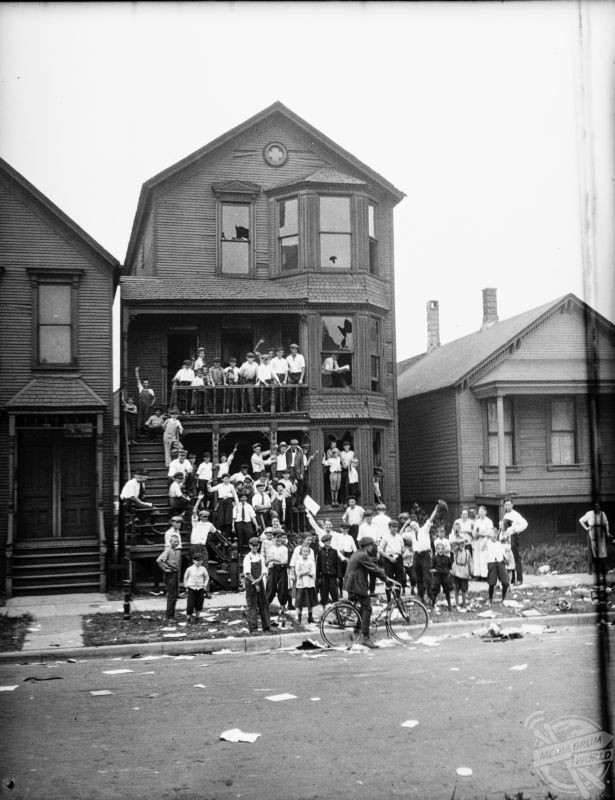
By Alex Jones
SHOCKING vintage photos show the brutal race riots which ripped apart a major American city and resulted in the deaths of THIRTY EIGHT people, most of them black, and left hundreds of families homeless.
Sickening images show white rioters stoning a black man to death; armed National Guard and African American men staring each other down in a tense sidewalk encounter; and a jubilant crowd amassing round a looted and vandalised property during the race war in Chicago which erupted almost exactly 100 years ago.
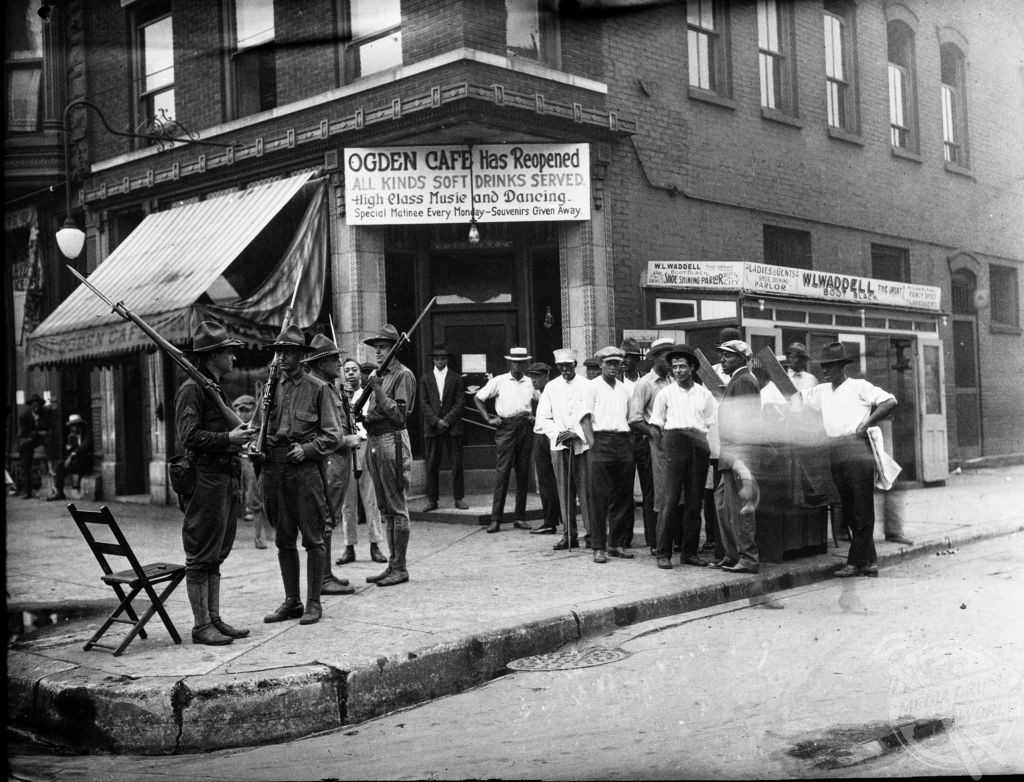
The riots – one of approximately 25 that took place in the USA during the Bloody ‘Red Summer’ of 1919 –ignited after a black teenager Eugene Williams was murdered after he and his friends floated into a ‘whites only’ area of Lake Michigan on 27 July, a swelteringly hot day in 1919. Beachgoers witnessed George Stauber, a twenty-four-year-old white man, hurl stones at the boys until Williams fell off the raft, plunged into the lake, and drowned. Police quickly arrived at the scene but refused to take Stauber into custody. Police reinforcements arrived to confront a crowd of despondent African Americans gathered near the beach that evening. A black man fired a gun at the officers. Police returned fire and killed the gunman.
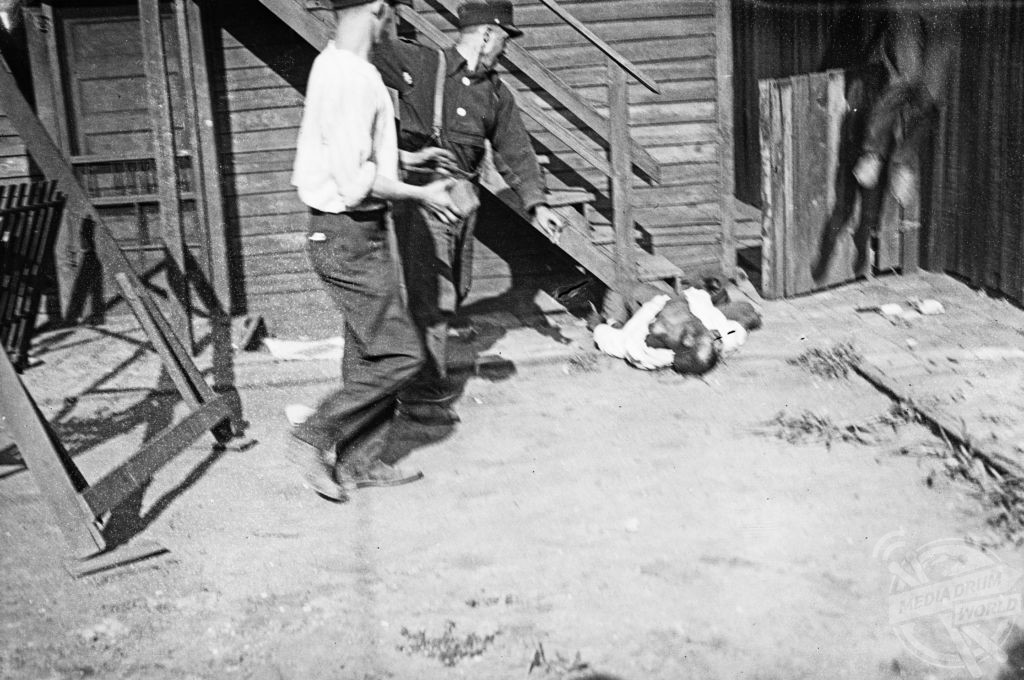
As word spread, the city erupted in racial violence, particularly on the South Side neighbourhood surrounding the stockyards where most black Chicagoans lived. White rioters loaded into automobiles and sped through black streets, firing indiscriminately at African Americans and their homes. As whites attacked, black people fought back in unprecedented numbers and with extraordinary violence. The National Guard arrived to quell violence, but inclement weather doused the raging mob. In the end, thirty-eight people were killed—twenty-three black and fifteen white—and 520 people were injured. Two-thirds of them were African American, as were two-thirds of the 138 persons indicted for riot-related crimes by the state’s attorney’s office. Over 1,000 black families were left homeless after their properties were torched or looted.
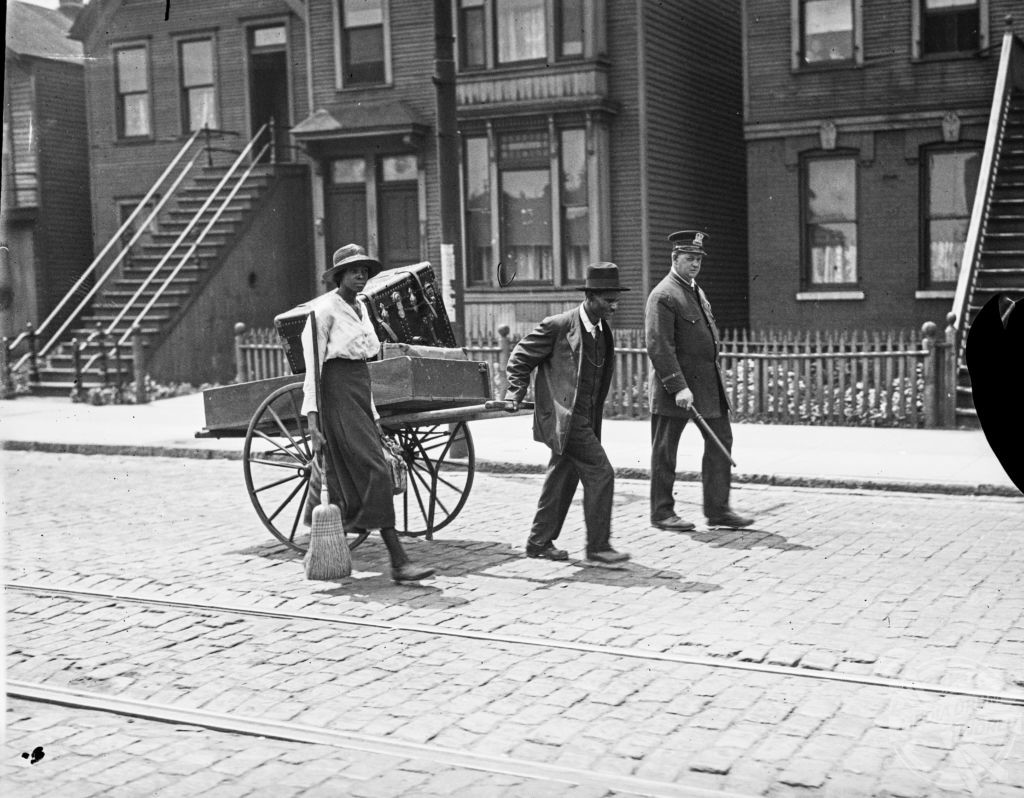
In the summer of 1919, racial tensions were stretched to breaking point across the United States. At the start of the 20th Century, many African American citizens migrated north from the southern states in search of a better life, equal opportunities, and jobs. In 1919, fresh from the Great War – where black American soldiers, such as the Harlem Hellfighters, had fought with distinction – there was a renewed sense of optimism in the African American community that they would no longer be treated as inferior by their white countrymen. However, the feeling was quickly quashed as white citizens banded together to prevent blacks from finding work or moving into white neighbourhoods. White citizens were particularly aggrieved to find their job had been given to an African American whilst they were abroad fighting for their country. Racially motivated attacks became increasingly common and by the end of July, the tinder had been set to erupt on that fateful day on the Lake Michigan shoreline.
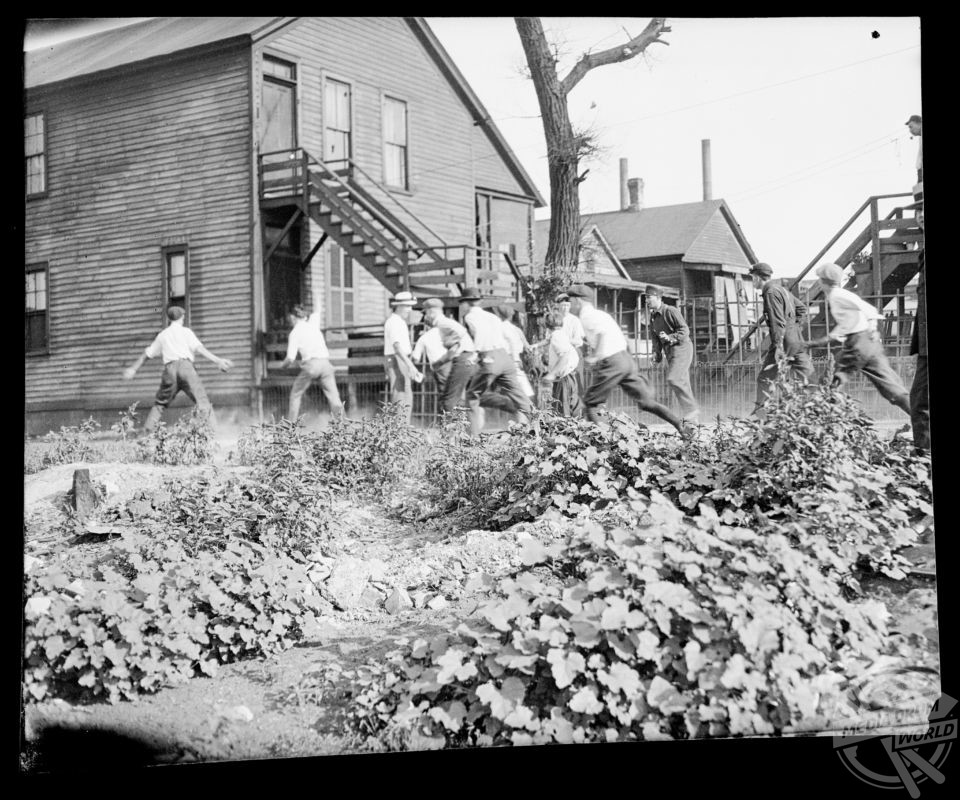
At the end of the riots, President Woodrow Wilson blamed whites for instigating the violence in Chicago and other major US cities such as Washington DC. For some scholars, the riots marked a beginning of a rise in black consciousness and refusal to keep being treated as second class citizens.
Chicago History Museum is hosting a special commemorative event to mark the centenary. 1919 Red Summer: Chicago Remembers will take place on 27 July 27 from 3-5 pm at Margaret T. Burroughs Beach. The event is free and open to the public. For more information, visit: https://www.chicagohistory.org/event/1919-red-summer-chicago-remembers/.






